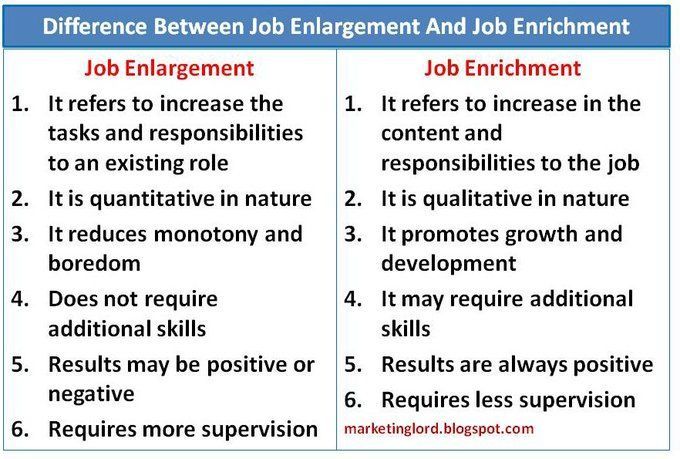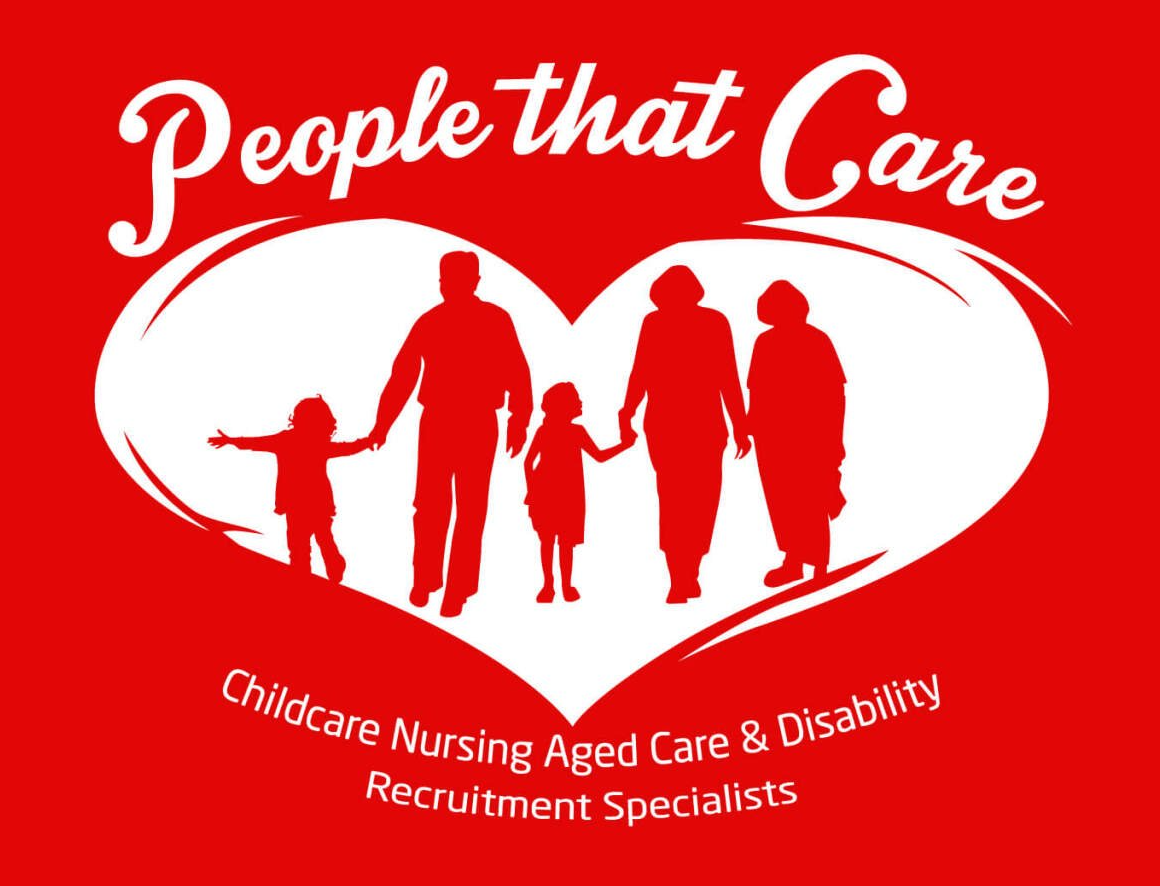How To Cultivate Conversational Intelligence
Passing on interpersonal skills to the next generation.
KEY POINTS
- Often, younger generations are more comfortable on a screen than they are face-to-face.
- Conversational intelligence is essential for all generations to thrive together.
- Conversational intelligence can be cultivated with four action steps.
Kristie is a close friend who recently sat beside a 22-year-old on a flight from New York to Los Angeles. She told me the young lady talked for hours. It was an insightful exchange that gave Kristie a peek into the world of Generation Z. She felt like she was talking to someone mimicking a social media influencer like Kim Kardashian—she’s the child of a real estate developer, has two cars (one of them a luxury car), is wicked smart, lives alone in a house her parents bought for her, travels constantly but doesn’t have a deep relationship anywhere. Sadly, she is dissatisfied, has thoughts of suicide, and feels hopeless. So, how did the conversation go? The young lady talked non-stop and obnoxiously for three hours. Graciously, Kristie listened carefully. By the end of the conversation, the young woman concluded:
“I like talking to you. I think people my age don’t know how to have a conversation, so when we meet someone like you who can host a conversation—we just soak it up because our skills are like 'yeah' and 'what?'"
Kristie wrote me later and concluded, “Her longing for connection was like meeting a starving child who had never tasted food—but to witness her at first was to experience one of the most obnoxious people. (The kind that makes you wish for another seat on the plane.) But one inch below the surface—there’s a tender little girl wanting to interact.”
Conversational Intelligence
Do you ever see this inability in teens? What’s more, do you ever wonder why you struggle to connect with certain co-workers or why your department doesn’t run as smoothly as others? Organizational anthropologist Judith Glaser argues this is likely due to a lack of conversational intelligence, an understanding of how important conversations are to effective teamwork and how to infuse conversations with trust. While conversational intelligence is missing in many workplaces and classrooms, Glaser believes anyone can develop this faculty using a few key tactics, thereby improving the efficiency and effectiveness of their interactions. What’s more, students can learn this as well. I believe we must learn the value of conversations to human growth. Below, I offer some doable steps I’ve used that have deepened my talent in hosting conversations. Model these and teach them to your students.
Four Simple Acts That Cultivate Conversational Intelligence
- Learn to Ask Questions: One could argue that this is a lost art for millions of Americans, especially among younger generations. The moment our interaction could take place on a screen, we got socially and emotionally lazy. We hide behind screens. We fight with strangers on screens. We ghost people from our screens. Becoming skilled at asking questions means getting past asking ones that can be answered with a yes or a no. Instead, why not ask at least one question that communicates curiosity about the other person? When you display curiosity, you’ll be considered a great conversationalist. Since this may be foreign to others, begin with a safe and easy question about things in general, then move toward more personal and revealing questions. Begin with words like: Who? Where? What? When? And Why?
- Learn to Listen Well: In my opinion, this is another lost art. Author David Augsburger taught us: “Being heard is so close to feeling loved that for the average person they are indistinguishable.” Listening should make up at least half of your conversation, if not more. I am consciously aware of how much talking and how much listening I am doing when I interact with others. It helps to prevent me from dominating the discussion. Author Kevin Kelly said, “Even if you don’t say anything, if you listen carefully, people will consider you a great conversationalist.” To do this well, we must avoid the common forms of “fake-listening”: judgmental listening, when we jump to conclusions early; selective listening, when we only hear what we want to hear; impatient listening, when we interrupt or finish others’ sentences; patronizing listening, when we pretend to listen but are off in our own world; or, stubborn listening, where our mind is already made up.
- Learn to Empathize: Another lost art, empathy, is very challenging to practice, especially from a screen. Quite frankly, I met someone last week who told me he doesn’t want to work that hard at relationships, which is why he only interacts on a screen. Our culture is different than most in the world. While most industrialized nations are negatively impacted by portable devices, Americans get distracted by our smartphones and by the renegade spirit we’ve had since our beginning. We are fiercely individualistic, and it shows up more in how we live (more of us are living alone, dining alone, and traveling alone) and how we drive (an increasing number are more apt to be selfish drivers than courteous drivers). We believe it’s a “dog-eat-dog world,” so we must “look out for number one.” Empathy requires us to step into the shoes of another, feeling with them, and articulating it with our words (verbal), body language (non-verbal), and tone (para-verbal cues).
- Learn to Volley: For many, this is still another lost art. It’s the act of serving, receiving, and volleying, just like in a tennis match. One must serve the ball and then prepare for the volley in return. Two good players may continue the volley several times. So it is with conversation. I’ve found it helpful to view myself as a “host,” not a “guest” wherever I am. This means I assume responsibility to “serve” the first question or remark, then keep the volley going until a natural closure, as if I am in my own home. When I travel and speak, I usually bring five questions with me I want to ask my audience members. I venture into the room early, set up my tech and slides, then shake hands and meet people. By the time I speak, I’ve met a dozen or so and feel we’re acquainted. After a remark in a conversation, I might volley back with, “Say more about that.” Or, “I bet that felt awkward. What did you do?” Or, “What happened next?”
Today’s younger generations could benefit from improved conversational intelligence. Let’s help them by modeling it for them.
Source: https://www.psychologytoday.com/au/blog/artificial-maturity/202308/how-to-cultivate-conversational-intelligence


People That Care Australia does not receive any funding to operate its business. All profits are used to improve the service we offer to Jobseekers.
USEFUL LINKS
FOLLOW US
STAY INFORMED
You need a helping hand with your project?
We will get back to you as soon as possible
Please try again later
CONTACT US
Contact Us
We will get back to you as soon as possible.
Please try again later.
All Rights Reserved | People That Care Australia
Made with 💛 by Shazamme
